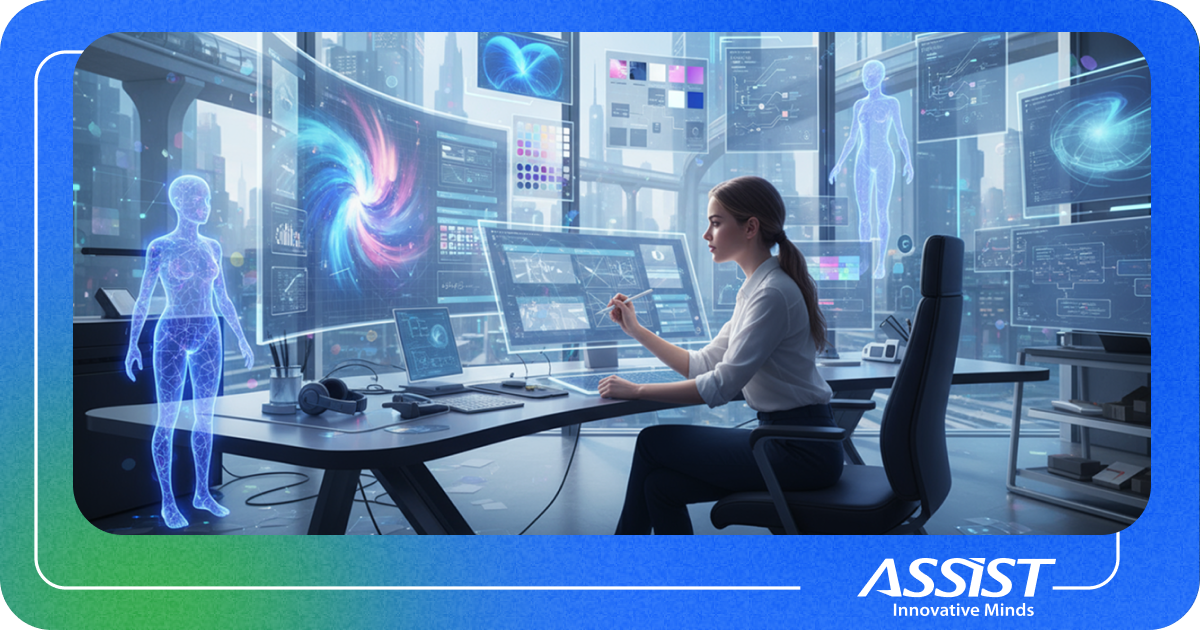Discover the software you use but rarely think about

With CES 24 (Consumer Electronics Show) finally reaching its end, we brought home fresh IoT ideas. What is the Internet of Things? A network of physical devices, vehicles, buildings, and other items embedded with electronics, software, sensors, actuators, and connectivity, enabling these objects to collect and exchange data. The IoT allows these objects to connect and interact with each other and with external systems and services over the Internet. The IoT has revolutionized multiple industries, including manufacturing, healthcare, transportation, and retail.
Embedded software is the software that runs on these devices, and it is responsible for collecting, processing, and acting on data. Without embedded software, IoT devices would be nothing more than sensors.
Here are some reasons why embedded software engineering is essential in powering the world we live in:
1. Impactful and crucial role in modern technology
Embedded systems are the backbone of countless devices we interact with daily, from smartphones and laptops to cars, appliances, and medical equipment. These systems handle the critical tasks that make these devices function, such as controlling motors, processing data, and ensuring user safety.
2. The force behind the Internet of Things (IoT)
The IoT revolution heavily relies on embedded systems, enabling the connection and communication of billions of everyday devices. Embedded engineers are designing and developing the software and hardware that power these devices, allowing them to collect and exchange data, enhancing efficiency and driving innovation across various industries.
3. Exciting and Diverse Applications
The development of autonomous vehicles, robots, and other intelligent systems relies heavily on embedded engineering. It's the perfect opportunity to mix software and hardware that enable these systems to perceive their surroundings, make decisions, and interact with the environment, bringing us closer to a future of self-driving cars, smart homes, and robotic assistants. These systems can potentially revolutionize how we live, work, and travel.

This project involves enhancing a popular Real Time Protocol library to support additional features needed for secure and efficient voice communication between airplanes and ground stations. It also consists of incorporating the G.728 and G.729 audio codecs into the library and developing a test application to showcase its capabilities, such as displaying RTP/R2S messages, enabling audio communication between two clients, and visualizing the extended header content.

Imagine a fleet of electric vehicles (EVs) arriving at a depot needing to be charged. If the depot's power infrastructure isn't strong enough to handle all those EVs at once, it could overload the system and cause damage. To prevent this, the depot must manage and allocate the available power efficiently among the charging EVs. That's where the Hub comes in.
The Hub acts like a traffic cop for power, ensuring that each EV gets the electricity it needs without exceeding the depot's capacity. It constantly monitors the power usage and available capacity, and then intelligently distributes the power among the EVs. This ensures that all the EVs get the charge they need while protecting the depot's power infrastructure from overload.

The Wavelight Server (WLS) is a versatile audio source for Wavelight/Wavedream DACs, offering various output options. It simplifies your audio setup, handles format transcoding efficiently, and supports multiple server software and audio services. With a user-friendly control interface, it's fully upgradable and future-proof.
Book a meeting with the ASSIST Software to continue discussing our expertise and the projects that make us proud!
You will be able to find out so much more about our collaboration models, skills and teams. Grow your business with ASSIST Software and become an industry pioneer.




